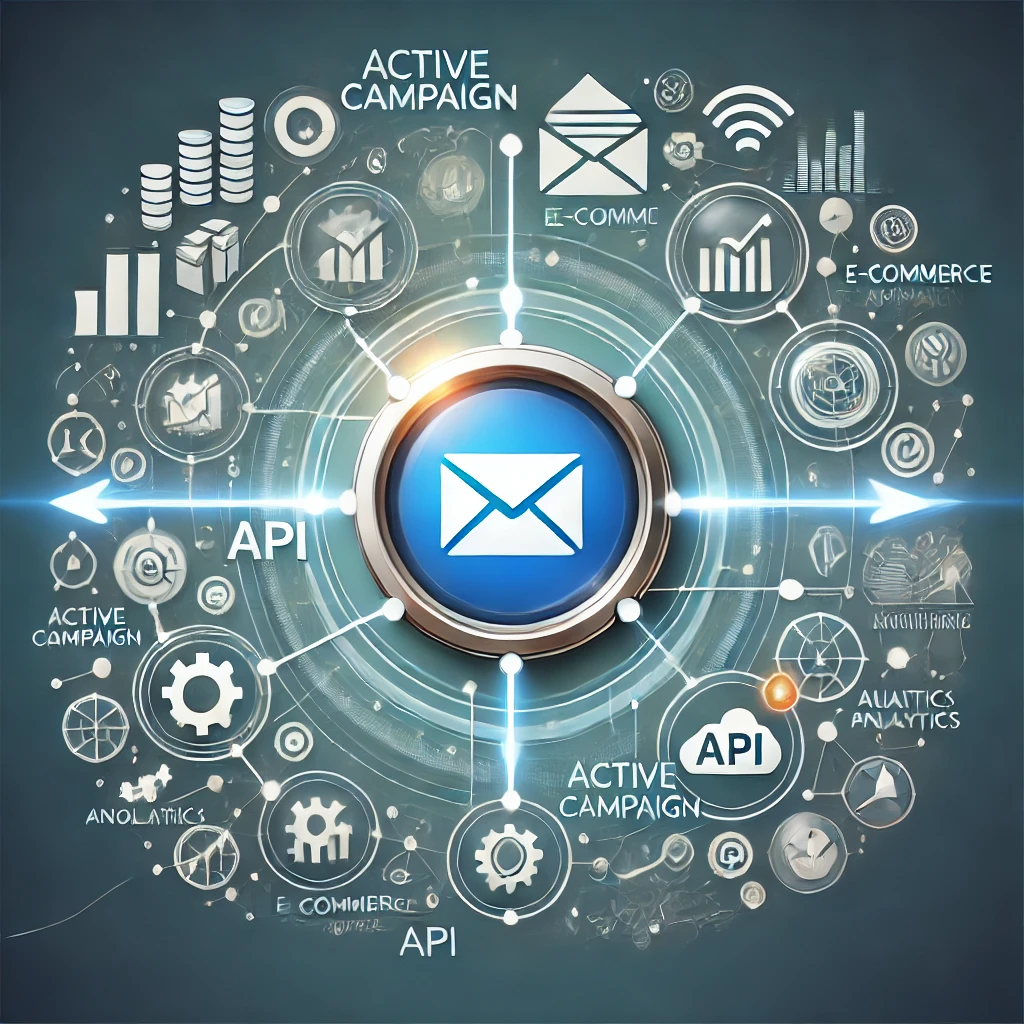ActiveCampaign API integrations are a game-changer for marketers looking to deliver highly personalized and impactful customer experiences. By leveraging the advanced features of the ActiveCampaign API, you can seamlessly connect tools, automate workflows, and create tailored campaigns that resonate with your audience. This guide will explore seven essential tips to help you unlock the full potential of the ActiveCampaign API and take your marketing strategy to the next level.
Table of Contents
1. Understanding the ActiveCampaign API: The Backbone of Advanced Integration
Before diving into advanced integrations, it’s crucial to understand the core functionality of the ActiveCampaign API. This robust tool allows developers and marketers to seamlessly connect their applications, enabling data sharing and automation.
The ActiveCampaign API offers:
- Custom data syncing: Pull data from external apps or CRMs into ActiveCampaign to centralize your marketing operations.
- Webhook automation: Trigger workflows in real-time based on specific customer actions.
- Dynamic content personalization: Use APIs to update email content dynamically, ensuring relevance for every recipient.
Whether you’re integrating a CRM like Salesforce or pulling in data from an e-commerce platform like Shopify, the API ensures flexibility and scalability in your marketing campaigns.
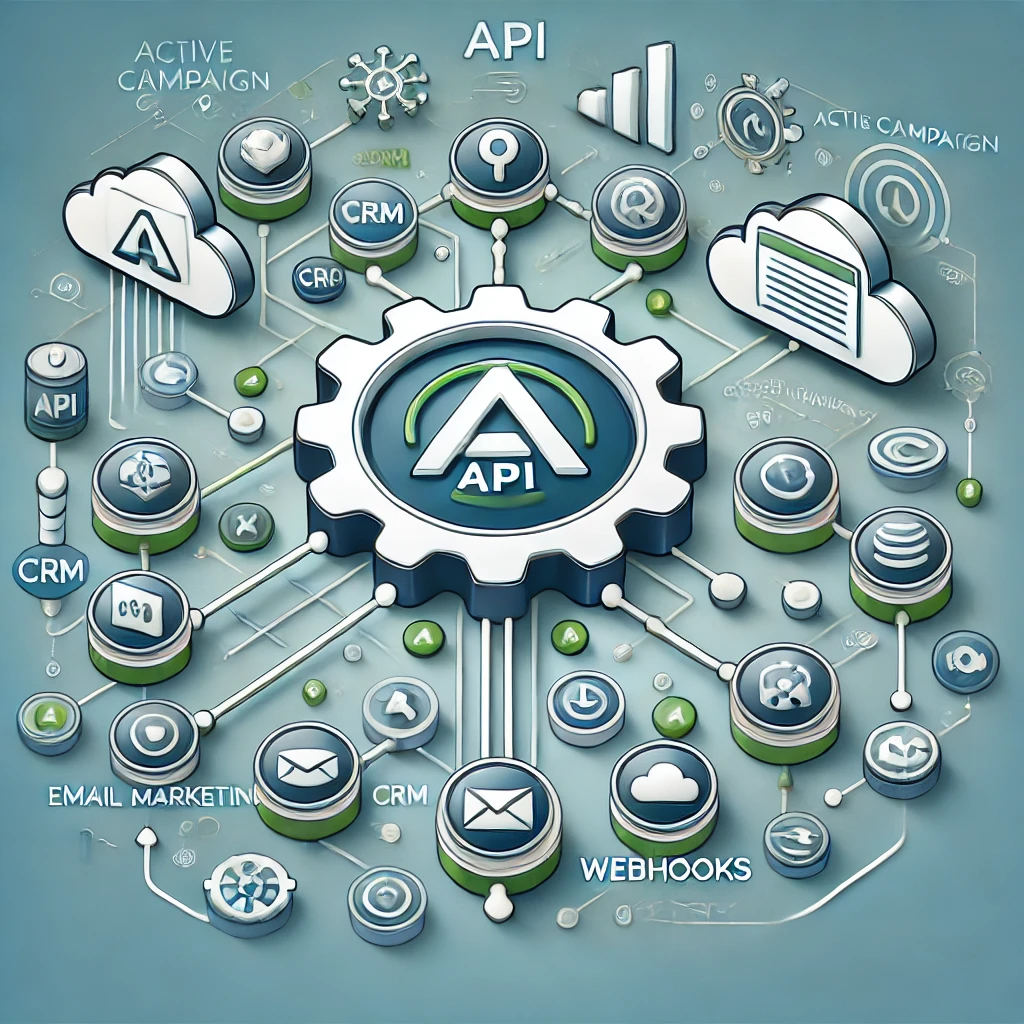
2. Custom Integrations to Streamline Lead Management
One of the most significant advantages of the ActiveCampaign API is its ability to optimize lead management. By building custom integrations, you can automate the entire lead lifecycle from acquisition to conversion.
Here’s how to enhance lead management:
- Capture leads automatically: Integrate ActiveCampaign with your lead generation tools, like Typeform or Leadpages, to automatically capture and organize leads.
- Qualify leads with external data: Use APIs to enrich leads by pulling additional data from external sources, such as LinkedIn or company databases.
- Automate lead scoring: Implement custom algorithms through the API to assign scores based on behavior, ensuring your sales team focuses on high-value opportunities.

3. Dynamic Email Personalization Through API Automation
Personalized emails are a game-changer for customer engagement, and the ActiveCampaign API makes this easier than ever. Use API automation to deliver emails that adapt to each recipient’s preferences and behavior.
- Segment customers dynamically: Create API-driven workflows that segment users based on real-time data, such as website activity or purchase history.
- Fetch real-time data for email content: Use APIs to pull live product recommendations, shipping updates, or event reminders directly into email templates.
- A/B testing at scale: Automate A/B tests for subject lines, images, and CTAs using API calls to optimize email performance.
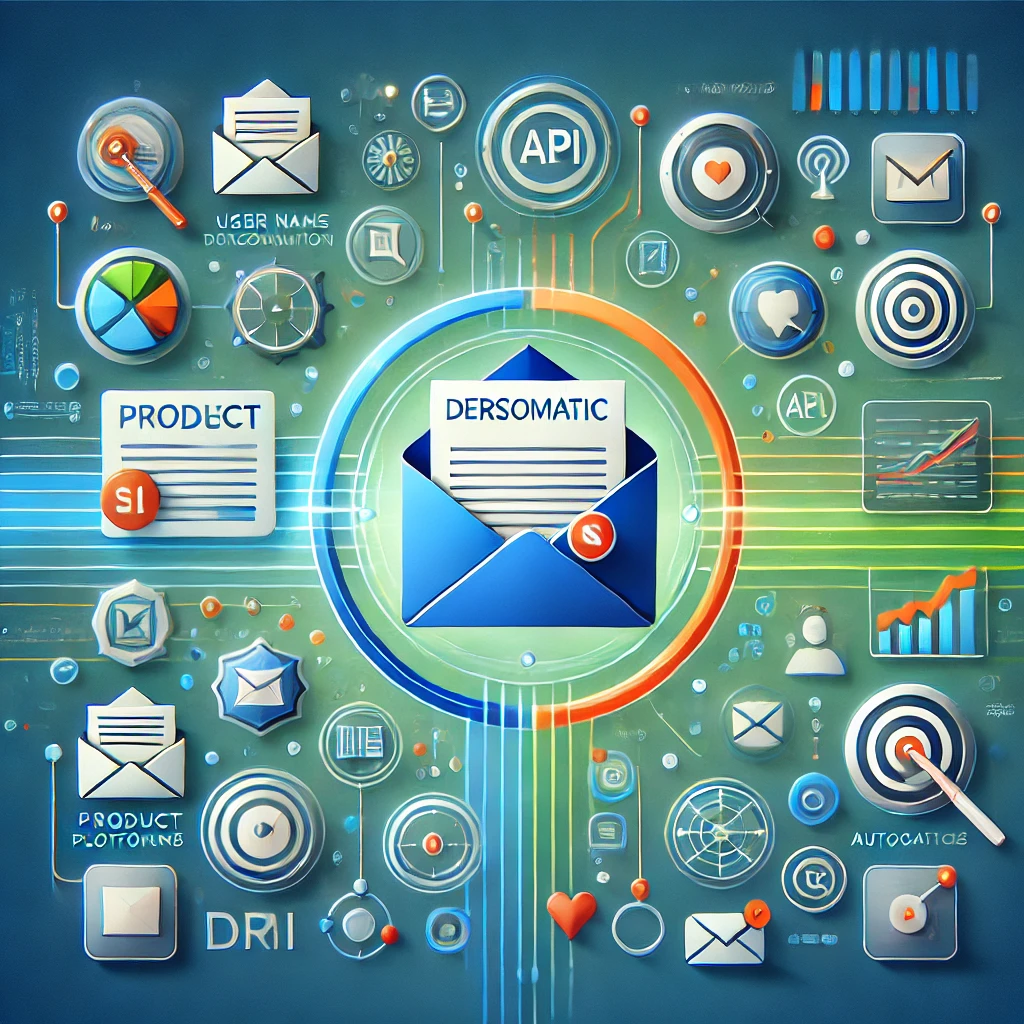
4. Integrating Third-Party Apps for a Holistic Marketing Ecosystem
Expand the functionality of ActiveCampaign by connecting it with third-party tools through the ActiveCampaign API. This approach ensures all your marketing apps work in harmony.
- Social media insights: Sync ActiveCampaign with platforms like Hootsuite or Buffer to pull social media engagement data into your customer profiles.
- Payment gateways: Integrate with Stripe or PayPal to trigger automations based on completed transactions or subscription renewals.
- Web analytics: Connect with tools like Google Analytics to automatically update contact tags based on user behavior on your website.
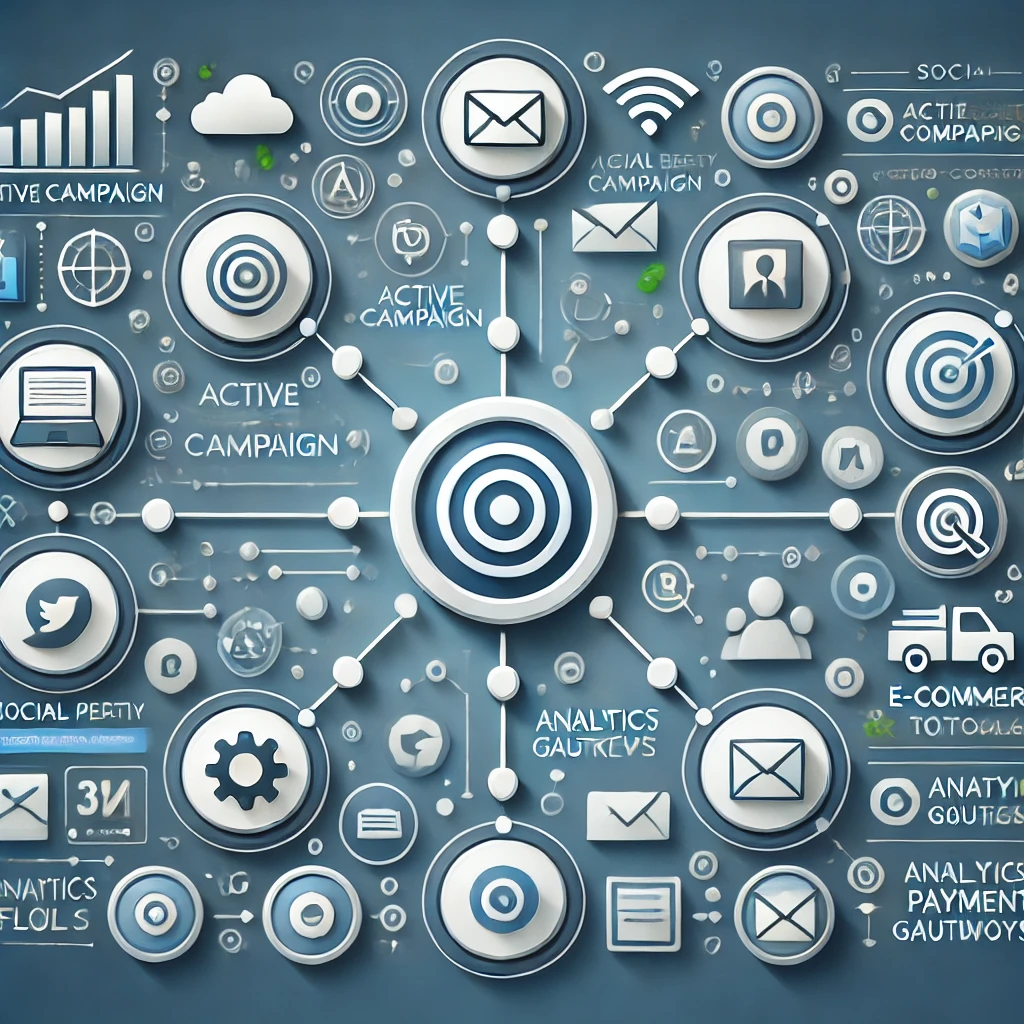
5. Enhancing Customer Retention with API-Driven Workflows
The ActiveCampaign API can be used to set up sophisticated workflows that proactively address customer retention.
- Trigger re-engagement emails: Automate emails to inactive users based on their last activity using API-driven workflows.
- Predict churn with analytics: Integrate machine learning tools via the API to predict customer churn and trigger retention campaigns.
- Reward loyal customers: Use API integrations with loyalty platforms to automate reward points or special offers.
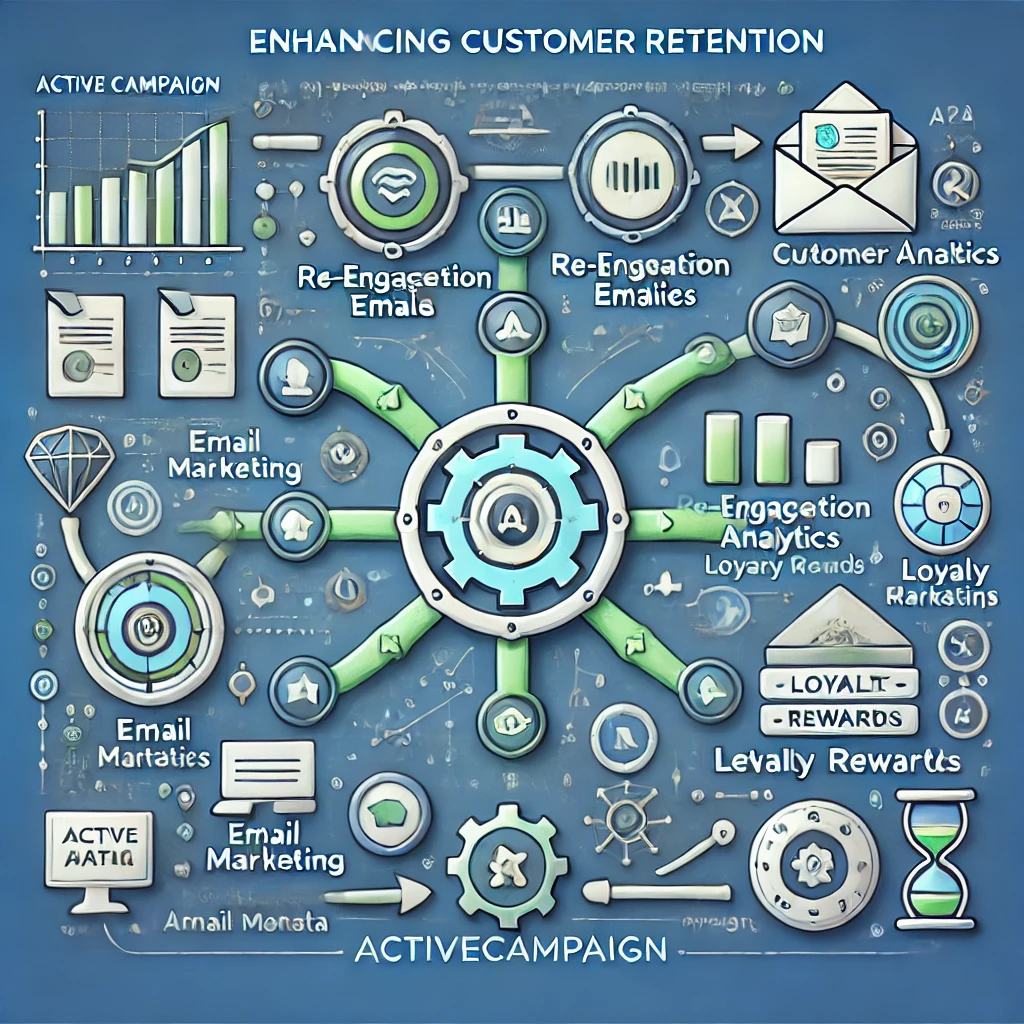
6. Building Real-Time Dashboards for Data Insights
ActiveCampaign’s reporting capabilities can be enhanced by using the ActiveCampaign API to build custom dashboards. These dashboards provide real-time insights tailored to your specific KPIs.
- Monitor campaign performance: Pull metrics like open rates, click-through rates, and conversions into a unified dashboard.
- Track customer journeys: Use API integrations to visualize individual customer paths across your marketing funnel.
- Forecast trends: Incorporate predictive analytics tools via API to spot trends and adjust strategies proactively.
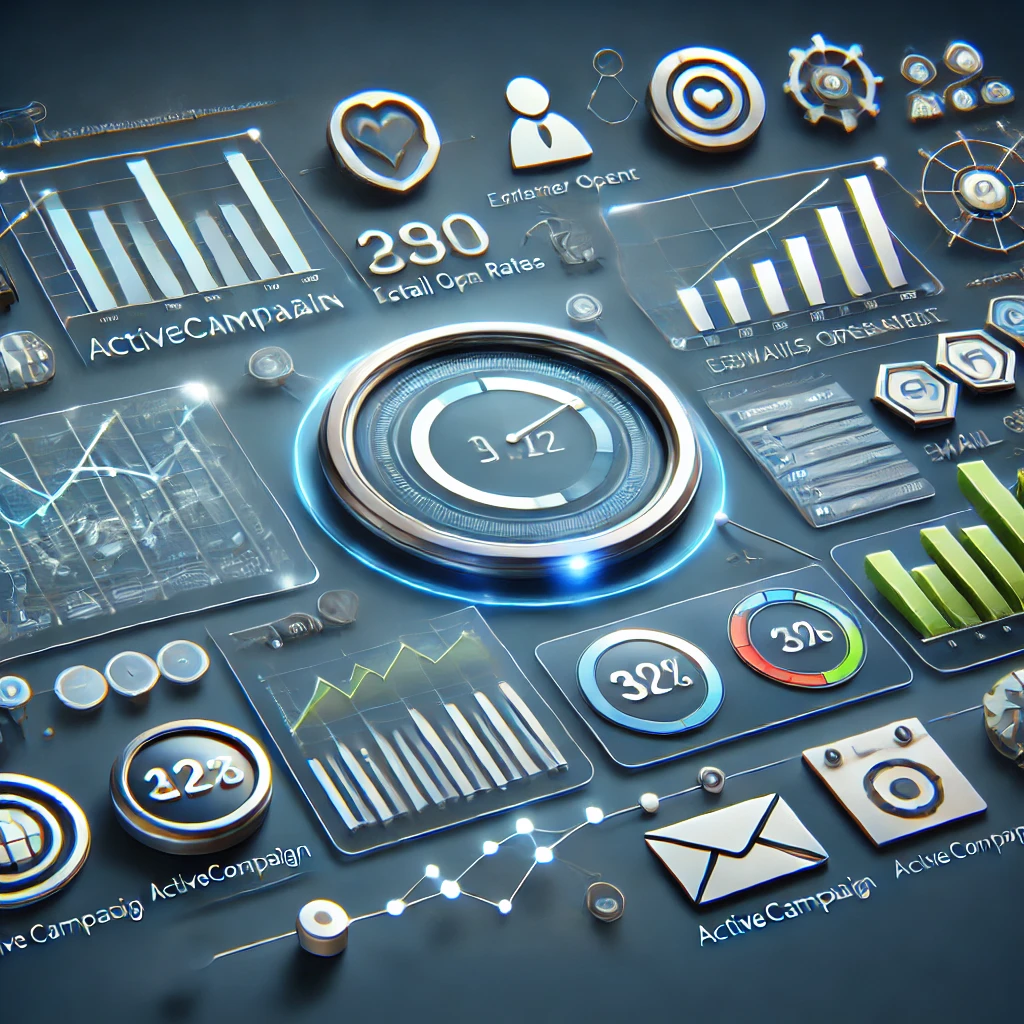
7. Future-Proof Your Marketing with API Scalability
As your business grows, so do your marketing needs. The ActiveCampaign API provides scalability to adapt to future demands.
- Expand automation capabilities: Integrate additional tools as needed without overhauling existing workflows.
- Stay ahead with API updates: ActiveCampaign frequently updates its API, introducing new features to improve efficiency.
- Customizable to any business model: Whether you’re in e-commerce, SaaS, or B2B services, the API offers the flexibility to meet your unique requirements.
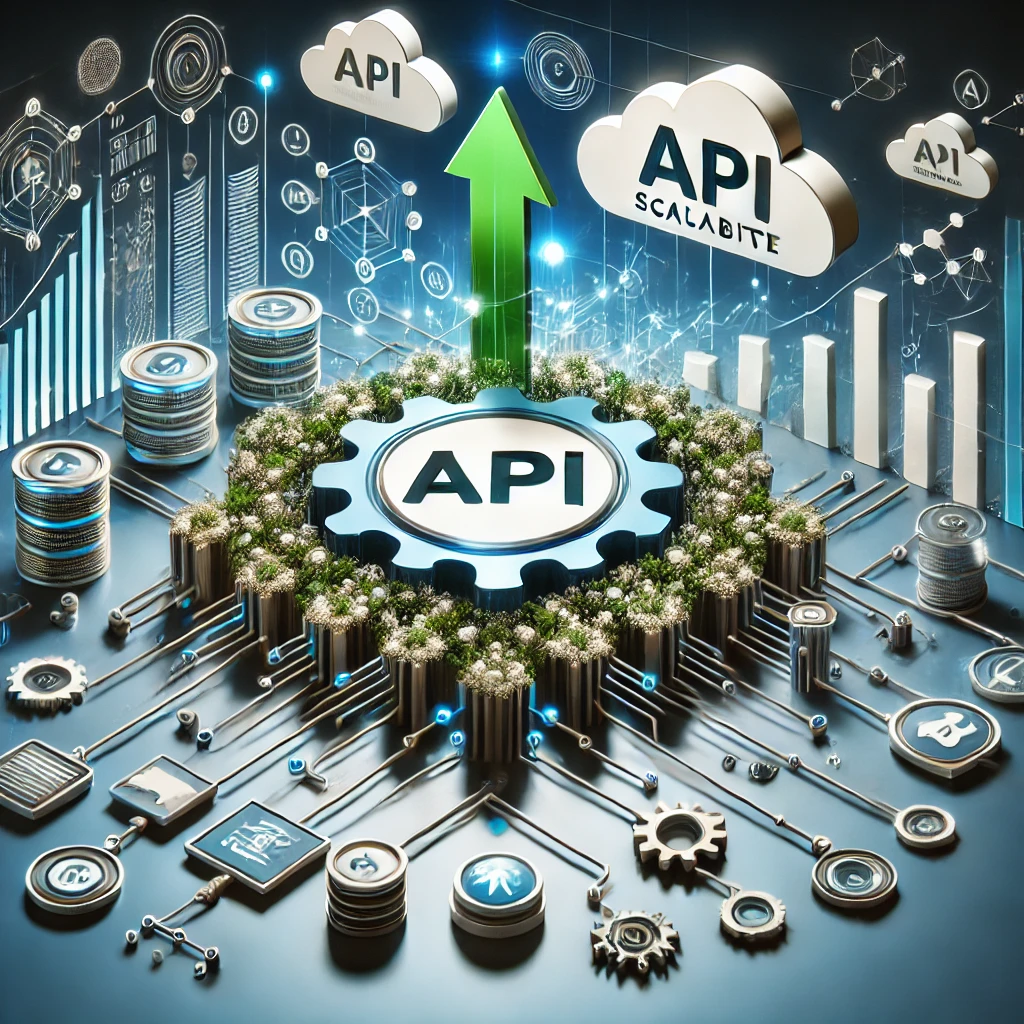
Conclusion
With the power of the ActiveCampaign API, you can unlock advanced integrations that elevate your personalized marketing strategies. Whether it’s dynamic email personalization, seamless third-party integrations, or data-driven insights, these tools are designed to maximize engagement and drive results.
If you’re excited about the possibilities of advanced ActiveCampaign API integrations, don’t miss our blog “API Marketing Automation: 7 Powerful Tools to Boost Your Team’s Efficiency”. It dives into specific tools that can elevate your marketing efforts by streamlining workflows and maximizing productivity. Together with this current blog on advanced ActiveCampaign API tips, you’ll gain a comprehensive understanding of how to supercharge your marketing strategies with seamless automation and integration. Check it out to take your team’s efficiency to the next level!

